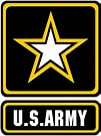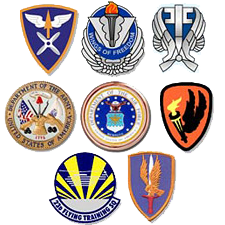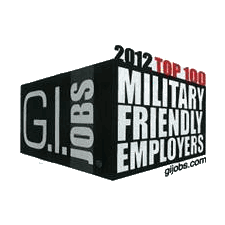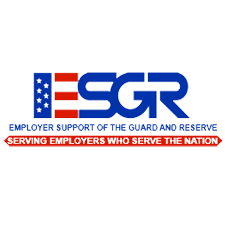|
Primary Phase:
Primary is where pedestrians start the journey to becoming Army Aviators. In this initial phase of training, the student is introduced to rotary wing flight procedures and techniques. Tasks range from aircraft pre-flight inspections to the performance of advanced emergency maneuvers, such as Autorotations.
A strong foundation in rotary wing flight fundamentals is critical for advancement into the advanced helicopter weapon systems, such as the AH-64 Apache, CH-47 Chinook, and the UH-60 Blackhawk. Primary Phase is where this strong foundation and adventure begins.
Primary 1 (P1):
P1 instructors Integrate the Aerodynamic Principles of rotary wing flight, and flight control systems with actual hands on flight instruction in basic flight maneuvers including Pickup and Landing to a Hover; Hovering Flight, Hovering Turns, Straight and Level flight, Climbing and Descending Turns, Traffic Patterns, VMC Takeoffs and Approaches, Shallow Approaches and Running Landings. Primary Instruction also includes and integrates the initial elements of Crew Coordination, Aircraft systems, Airspace surveillance, Visual flight rules and procedures, Aeromedical factors, Aviation Life Support Systems, Crew Mission Briefings, Weight and Balance, Radio Communications and other subjects as required. The focus is to graduate safe and professionally trained aviators to the proficiency standards set by the US ARMY.
Primary 2 (P2):
P2 instruction continues to reinforce all aspects of P1 introducing advanced flight maneuvers such as Autorations, Simulated Engine Failure in flight, Simulated High / Low side Engine Malfunctions and Simulated Tail Rotor Malfunctions. The focus is to graduate safe and professionally trained aviators to the proficiency standards set by the US ARMY.
Instruments Phase:
During this phase of training, you will learn how to Takeoff, perform Enroute Navigation (to include Holding Operations), and fly numerous Instrument Approaches entirely on instruments without any visual reference outside the aircraft.
Basic Instrument (BI):
BI training provides an initial emphasis on smooth aircraft control, efficient Scanning Techniques, and Instrument Interpretation concluding with the introduction to Instrument Procedures and use of aircraft autopilot systems. Students must pass the BI evaluation before moving on to the Advanced Instrument phase of instrument training.
Advanced Instrument (AI):
AI instruction continues to reinforce all aspects of BI additionally students will learn all the necessary procedures and regulations to plan and fly a complete IFR mission. At the end of this training, students will be given their end of course checkride in the UH-72. Successful completion of the Evaluation provides the SP with their initial instrument rating.
|










